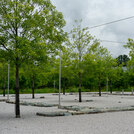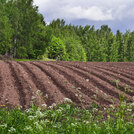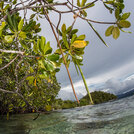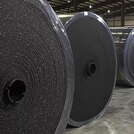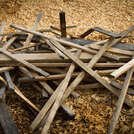This web-based application estimates the potential for carbon emissions, carbon storage, and carbon sequestration for design alternatives based on land use and at various scales. It can be used in the early stages of a project at various scales to compare design options, test alternate land uses, structural systems…
Benefits Toolkit
This web-based application allows registered users to estimate the carbon footprint and time to carbon neutral for landscape projects based on site design and management. It may be used for projects in the design phase or already completed projects. The only required inputs are project type, site boundaries, and…
This tool estimates carbon footprint and greenhouse gas (GHG) emissions for farms and ranches. Users input current farm or ranch management practices, and the tool uses information on climate and soil conditions from USDA databases to run a series of models for potential sources of GHG emissions and climate change…
This web-based tool estimates and compares greenhouse gas (GHG) and energy use reductions for different waste management practices in a baseline and an alternate scenario. It is intended to support voluntary GHG measurement and reporting initiatives. The tool works for common household and construction materials…
InVEST is a suite of software models used to map and value the goods and services from nature that sustain and fulfill human life. It aims to provide a consistent methodology for measuring and comparing the value of multiple ecosystem services underdifferent ecological conditions. The toolset currently includes sixteen…
i-Tree Eco (originally the Urban Forest Effects or UFORE model) uses detailed field data from complete inventories or randomly sampled plots to quantify urban forest structure, environmental effects, and value to communities. The study area can range from a single tree to a park to an entire county’s urban forest. Eco…
This broad analysis attempts to place an economic value on the numerous benefits provided by green infrastructure (defined here as a network of decentralized stormwater management practices). The report brings together current research on green infrastructure performance and presents methods for calculating related…
This tool estimates the greenhouse gas (GHG) emission and energy benefits associated with increasing the recycled content of materials purchased or manufactured. The tool compares baseline recycled content for common materials – including glass, wood, metals, plastics, paper, PVC, and fiberboard – to an alternate…
This Microsoft Excel-based calculator estimates the cost and environmental benefits of four scenarios for handling hardscape and landscape wastes (concrete and asphalt, brick, lumber, and yard waste): (1) Reusing all waste possible on-site, recycling all waste possible that cannot be reused, and disposing of waste…
This tool estimates the net embodied carbon of a project’s structures and site. The measurements account for building materials, processes and carbon released due to ecosystem degradation or sequestered through landscape installation or restoration. Landscape inputs are ecoregion, area and type of existing vegetation…


